- Free shipping to mainland Spain for orders over 300€.
Victron LiFePO4 Lithium Battery 25,6V 300Ah NG - BAT524130620
2.386,65€
TAXES INC.
- Rated voltage: 25,6 V
- Rated capacity at 25º: 300 Ah
- Number of cycles: 80%: 2500 cycles / 70%: 3000 cycles / 50%: 5000 cycles
- Maximum load current: 300 A (1C)
Product available for sale

Finance your purchase with Cetelem
Reference:
BAT524130620
Categories: Lithium Batteries 24V, Solar batteries
Details of the Victron LiFePO4 Lithium Battery 25,6V 300Ah NG - BAT524130620
Victron LiFePO4 Lithium Battery 25,6V 300Ah NG - BAT524130620
The Victron LiFePO4 25,6V 300Ah NG lithium battery is a lithium iron phosphate battery, has an IP65 protection rating and has an integrated shunt. They can be connected in series in parallel or in series/parallel combination. Up to 50 batteries per NG BMS are allowed; the maximum energy storage of a system consisting of 300Ah LiFePO4 NG batteries is 384kWh, which is the maximum total energy storage that can be achieved with this series of NG lithium batteries.
The shunt integrated in the NG battery records data such as current, voltage and temperature, sends the data to the NG BMS and the NG BMS evaluates the data to calculate certain parameters and set alarms. This battery can be monitored via the VictronConnect App by connecting to the BMS NG's Bluetooth or with the use of a GX device and the Victron VRM portal, so that it can be monitored remotely.
This lithium battery belongs to Victron's new NG (New Generation) range, which also consists of 12.8V and 51.2V batteries of different capacities.
Specifications of Victron Lithium Battery 25,6V 300Ah NG
- Rated voltage: 25,6 V
- Rated capacity at 25 °C: 300 Ah
- Rated energy at 25 °C: 7680 Wh
- Loss of capacity: <1 % per 100 cycles, at 25 °C, with a depth of discharge of 100 % of usable capacity.
- Energy loss: <1 % per 100 cycles, at 25 °C, with a depth of discharge of 100 % of usable capacity.
- Full cycle efficiency: 92 %
- Battery connections: Screws M8 (For cables with 8mm round cable lug)
- Cycle life (capacity ≥ 80 % of nominal):
- 80 % discharge: 2500 cycles
- 70 % discharge: 3000 cycles
- 50 % discharge: 5000 cycles
- Internal self-discharge: less than 3% per month at 25 °C.
- Dimensions: 206 x 841 x 205 mm
- Weight: 52 Kg
Discharge capacity
- Maximum continuous discharge current: 300A (1C)
- Maximum discharge current per 10s intervals: 600 A (2C)
- Voltage at the end of the discharge: 22.4 V (Minimum battery voltage).
- Internal resistance: 1 mΩ
Carrying capacity
- Charging voltage: 28.00V - 28.8V
- Floating tension: 27 V
- Maximum continuous load current: 300 A (1C)
- Maximum load current per 10s intervals: 450 A (2C)
Working conditions
- Working temperature:
- Load: +5 °C to +50 °C
- Discharge: From -20 °C to +50 °C
- Storage temperature: From -45 °C to +70 °C
- Humidity (non-condensing): Max. 95 %
- Protection class: IP65
General Aspects
- Independent measurements per cell: the voltages and temperatures of each cell are measured in addition to the battery current.
- Specific BMS for the NG series: An NG BMS must be used, such as the Lynx Smart BMS NG 500 A or Lynx Smart BMS NG 1000 A (must be purchased separately).
- Battery BMS interface: Male + female cable with circular M8 connector with high speed digital communication and 50 cm length.
- Bluetooth: NG lithium batteries do not have Bluetooth because it is built into the NG BMS.
- Battery firmware updates: The firmware is automatically updated by the BMS NG.
- Maximum number of batteries per BMS NG: 50 units (maximum total of 384 kWh).
- Repairable: Yes (cover can be removed with screws).
- Safety standards:
- Cells: UL1973, UL9540A , IEC62619.
Other features of the Victron 25,6V 300Ah NG battery
- High energy density. These lithium batteries have more capacity with less weight and less volume.
- High charging and discharging currents, for fast charging and discharging.
- High full-cycle efficiency.
Installation and assembly of the Victron LiFePO4 battery 25,6V 300Ah
The image below shows the dimensions of the Victron NG 25,6V 300Ah NG battery:
Installation of the Victron NG 25,6V 300Ah lithium battery:
- It can be mounted vertically or on its side, but not with the terminals facing downwards.
- Two ways of fixing: with straps or with mounting brackets.
- Mounting brackets secure the battery so that it cannot slide or tip over.
- It should be installed indoors and in a dry place.
- This NG battery weighs 52Kg, so handling equipment must be used to transport it safely.
- A space of 2 cm should be left on all four sides of the battery to allow for ventilation (the battery heats up when discharging and charging).
- It is important to observe polarity when connecting the terminals. The screws should be tightened with a torque of 10 Nm, using a tool specific to the size of the screw. The picture below shows how to connect the wires:
- The installation of a BMS NG is mandatory: Lynx Smart BMS NG 500 A or Lynx Smart BMS NG 1000 A (to be purchased separately).
- The BMS manages all the parameters of the NG lithium battery. It also automatically detects the system voltage and the number of batteries connected in parallel, in series or in series/parallel combination.
- The system is monitored via the VictronConnect App that connects to the Bluetooth of the BMS NG. With the Victron VRM portal can be monitored remotely, a GX device is required.
Connection of the BMS NG to the LiFePO4 NG battery 25,6V 300Ah
- All NG lithium batteries come with cables to communicate with the NG BMS. One cable has a male and the other a female connector, both with three poles. Depending on the battery model, the BMS NG cables can be on the same side of the battery or one on each side.
- The BMS battery cables have a length of 50cm, they can be extended with BMS NG extension cables (to be purchased separately).
- In a system with a single NG battery, the cables are connected directly to the NG BMS.
- In systems consisting of more than one battery, all BMS cables are daisy-chained and the first and last cable goes to the BMS NG.
Fuses and Cable cross section for the correct installation of the Victron NG 25,6V 300Ah battery
All batteries in the system must have a fuse suitable for the size of the battery cable. The battery cables must be sized to withstand the maximum current of the system.
For more information on sizing, see the Victron guide: "Wired without limits". In addition, the Victron Toolkit App has a cross-section for calculating the required cable cross-section.
Cable recommendations to be used for a distance of 2m between inverter and battery:
- For this 25,6V 300Ah lithium battery: minimum 35mm section.
Fuse the fuses
Serial connection:
- Two 25.6V batteries can be connected in series, for a total of 51.2V.
- Batteries must be charged and balanced individually before connection.
- The negative is connected to the positive of the next battery.
- The fuse is placed in the positive part of the chain.
Parallel connection:
- Up to 50 NG lithium batteries can be connected per NG BMS.
- The fuses must be placed on the positive side of each lithium battery.
- The cables of the DC system are connected diagonally.
- The cable cross-section of the system shall be equal to the cable cross-section of the chain multiplied by the number of chains.
- There are as many strings as the number of batteries in parallel.
- The fuse is placed in the main positive cable of the LiFePO4 battery bank.
Serial/parallel combination connection:
- A system of up to 50 NG lithium batteries can be mounted per NG BMS.
- Before connection, each battery must be fully charged and individually balanced.
- The fuses are placed on the positive side of each battery string.
- Do not interconnect the midpoints with each other or connect anything else to them.
- The system cables are connected diagonally.
- The cable cross-section of the system shall be equal to the cable cross-section of the chain multiplied by the number of chains.
- The fuse is placed in the main positive cable leading to the battery bank.
Charger settings
-
- Absorption voltage: 28.4 V.
- Absorption time: 2 hours.
- Floating voltage: 27 V.
- For more information, see the section "First charge of the lithium battery".
In the manual (link at the end of the sheet) there is a checklist to check that all connections and wiring of the system have been done correctly.
Example of a NG 25,6V 300Ah lithium battery installation
This picture shows an example of a typical system installation of an NG battery and an NG BMS:
This installation consists of:
- One charger and one charge.
- Solar panels.
- Cerbo Gx MK2 monitoring.
- VictronConnect App.
- Smart Solar MPPT charge controller.
- Inverter Multiplus II.
- Victron NG lithium battery.
- Lynx Smart BMS NG 500 A.
- Lynx Class-T power in (M10).
- Lynx Distributor (M10).
List of materials needed to install the Victron NG 25.6V 300Ah battery
- The installation of a BMS NG is mandatory:
- Lynx Smart BMS 500 NG (M10) Victron - LYN034160310
- Lynx Smart BMS 1000 NG (M10) Victron - LYN034170310
- BMS cables for LiFePO4 batteries are 50cm long, you can buy 1m, 3m or 5m extension cables: Victron cable with 3-pole male/female M8 circular connector 3m - ASS030560300
- With the Bluetooth connection of the BMS NG, the system can be monitored via the VictronConnect App. It can also be done with the Victron VRM portal if a GX device is installed: Victron Cerbo GX MK2 Monitoring - BPP900451100.
- If a screen is installed, Monitoring Victron GX Touch 50 - BPP900455050, all information can be viewed in real time.
- With a GX device installed, the system can be monitored remotely via the VRM portal. Monitoring via the VictronConnect App is subject to the Bluetooth range of the BMS NG and there is also the limitation that the app does not run in the background.
Victron NG LiFePO4 battery first charge
Lithium batteries may have different states of charge. Variations from the 50% state of charge may occur during transport and storage.
To connect batteries in series, they must first be charged separately with a charger or a dedicated inverter/charger with a BMS, as there can be large differences in the state of charge. These differences are not the same as imbalances between the cell voltages of a battery. This is because the cell balancing circuits of one battery cannot affect the cells of another battery.
If they are connected in parallel they can be charged as a unit, so it is not necessary to charge them before connecting them.
Loading process:
- First you have to configure the charging profile in the charger with the recommended settings:
- It must be a 24V charger and have a profile available for charging lithium batteries or allow a custom profile to be made.
- Absorption voltage: 28,4 V.
- Absorption time:
- Between 4 and 8 hours per month for systems with high usage (stand-alone or ESS type).
- Minimum 2 hours per month for systems with little operation, such as auxiliary applications or UPS.
- Floating tension: 27 V.
- Values that not all chargers have:
- Storage mode: same value as the buoyancy stress.
- Initial charging voltage: same value as the absorption voltage.
- Lithium batteries do not require temperature compensated charging. Set the value of this parameter to: 0mV/°C.
- A charging current of 0.5C is recommended. For the 300Ah Victron NG battery, the charging current would be 150A.
- The battery, the BMS NG and the charger must communicate with each other. To check this, disconnect one of the cables leading from the battery to the BMS NG and see if the charger switches off. When the cable is reconnected, the charger should turn on.
- Turn on the charger and check that the battery is charging.
- If, during the charging process, there is any imbalance between the battery cells, it is possible that the BMS NG will repeatedly switch the charger off and on. This will be repeated until
that the cells are balanced and the charger will not switch off until the battery is fully charged.
- If, during the charging process, there is any imbalance between the battery cells, it is possible that the BMS NG will repeatedly switch the charger off and on. This will be repeated until
- The battery is fully charged when the battery charger has reached the float state and the cells are in the "balanced" state. If the state of the cells is "unknown" or "unbalanced", the battery charger will restart several times until it is "balanced".
Battery management system (BMS NG)
The firmware of the Victron NG lithium battery is automatically updated by the BMS NG. The update of the BMS NG can be done via the VRM Portal or the VictronConnect App. The App must be up to date otherwise the latest firmware version will not be available.
Functions of the BMS NG:
The BMS NG can control loads and chargers in two different ways:
- Sending an electrical or digital on/off signal to the charger or load.
- By physically connecting or disconnecting a load or charging source from the battery. Directly or by using a BatteryProtect or a Cyrix Li-ion relay.
The Lynx Smart BMS NG is used in systems containing DC loads and AC loads via inverters or inverter/chargers. This BMS NG is equipped with a contactor that disconnects the DC system, a "load process disconnect", a "load disconnect", a "pre-alarm" contact and a battery monitor. It can also be connected to a GX device and Victron Energy compatible control equipment via DVCC.
- In case of low cell voltage, the BMS NG will send a "load disconnect" signal to switch off the load(s).
- In case of high cell voltage or low or high battery temperature, the BMS NG will send a "load disconnect" signal to switch off the charger(s).
- Before shutting down a load, it will send a pre-alarm signal indicating impending low cell voltage.
- If the batteries are further discharged (or overcharged), the contactor will open, effectively disconnecting the DC system to protect the lithium batteries.
Victron NG LiFePO4 battery operating conditions
- The discharge must be made from -20 °C to +50 °C:
- If the temperature is 0°C or lower: the discharge current must be reduced to 0.5C.
- If the temperature is higher than 35 °C: the discharge current must also be reduced.
- Charging should be done from +5°C to +50°C:
- If the temperature is 15 °C or lower: the charging current must be reduced to a maximum of 0.3C.
- If the temperature is higher than 35 °C: the load current must also be reduced.
Maintenance
- When the BMS NG pre-alarm is activated, the BMS must be prevented from shutting down the system.
- The battery must not be completely discharged.
- If the BMS NG deactivates the loads, the batteries should be charged immediately; they should not be deep-discharged for a long time.
- Charging should be continued until the status is "balanced" for all lithium batteries in the system.
- If the system is not to be used for some time, the batteries must be left charged and the DC system must be disconnected.
Storage of Victron 300Ah NG battery
- The battery must be stored in a cool and ventilated place (temperature +25 ±5°C).
- Direct sunlight, high humidity and high temperatures should be avoided.
- Adequate distance must be left between the walls and the battery for proper ventilation.
- Store lithium batteries in plastic or non-conductive trays.
- If it is to be stored for a long time:
- Never leave it with the terminals facing downwards.
- Charge the battery at 40-60 % initially and check the open circuit voltage monthly.
- Charge immediately if the voltage drops below 3.0 V/cell.
- The battery should be charged every six months.
Victron LiFePO4 Lithium Battery 25,6V 300Ah NG - BAT524130620 manual and datasheet
For more information about this LiFePO4 NG battery, please refer to the manual and data sheet:
Manual lithium battery LiFePO4 Victron 25,6V 300Ah NG - BAT524130620
Datasheet lithium battery LiFePO4 Victron 25,6V 300Ah NG - BAT524130620
Weight and dimensions
| Weight | 52 kg |
|---|---|
| Dimensions | 20,6 × 84,1 × 20,5 cm |
User feedback
Be the first to review "Victron LiFePO4 Lithium Battery 25,6V 300Ah NG - BAT524130620" Cancel reply
You must be logged in to post a review.

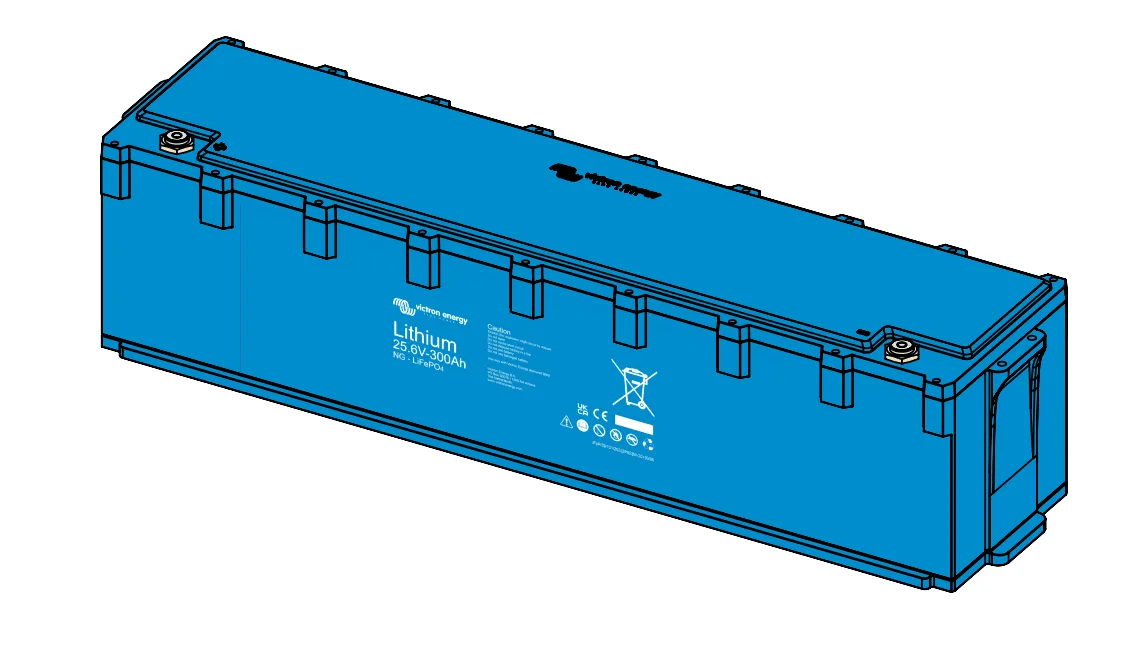


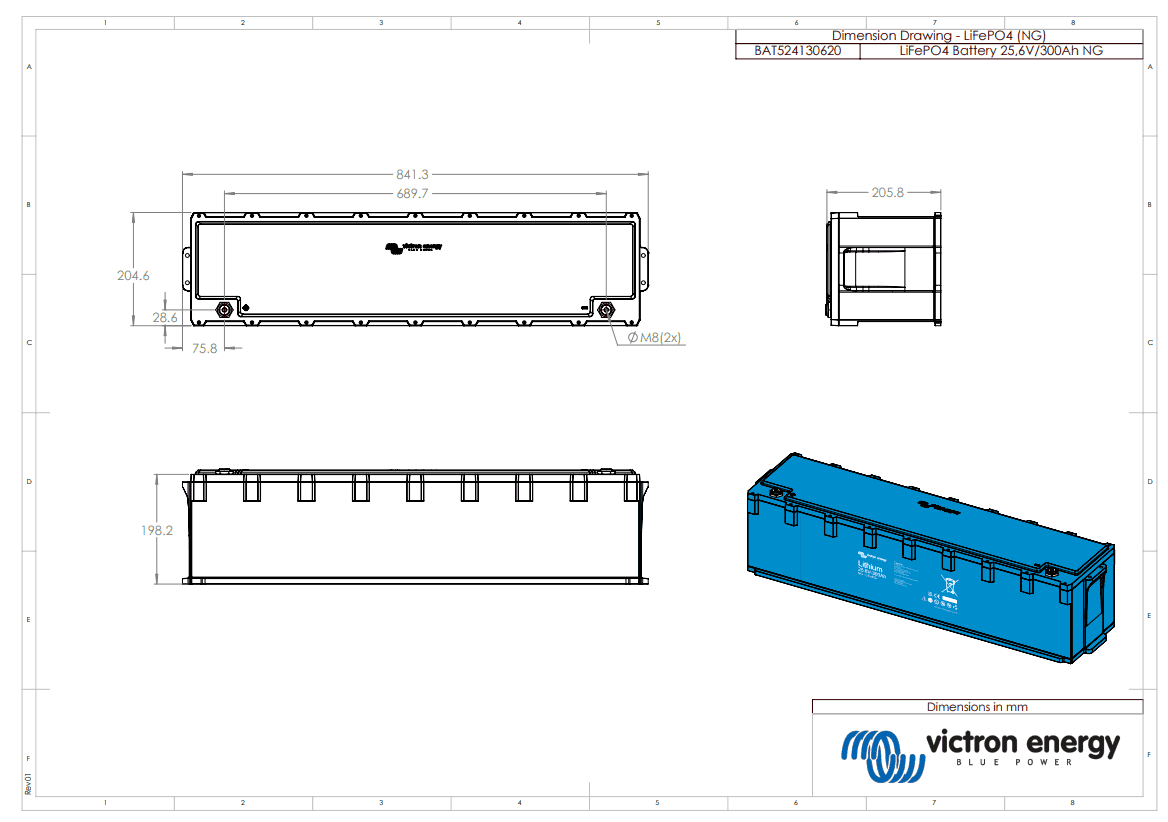





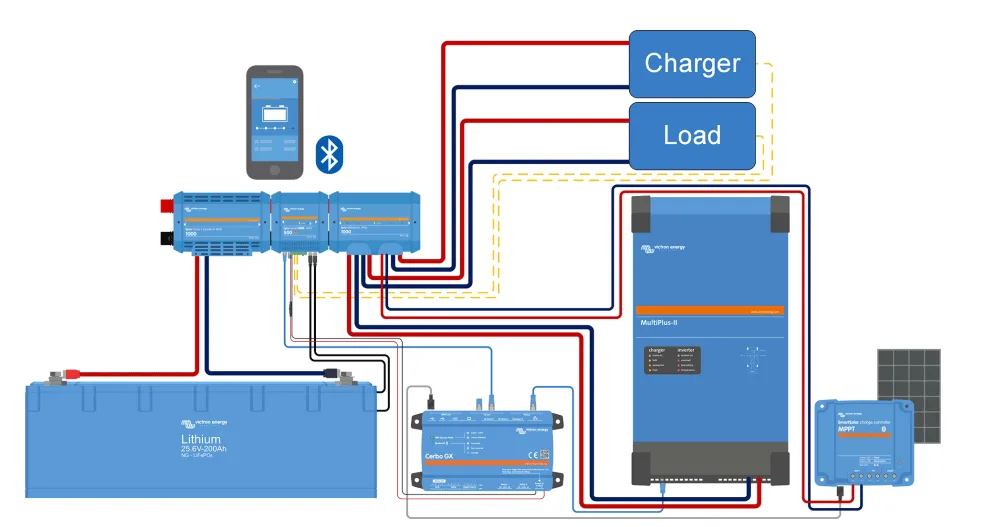

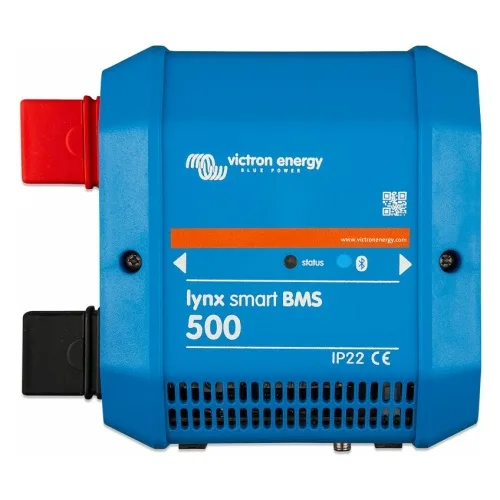
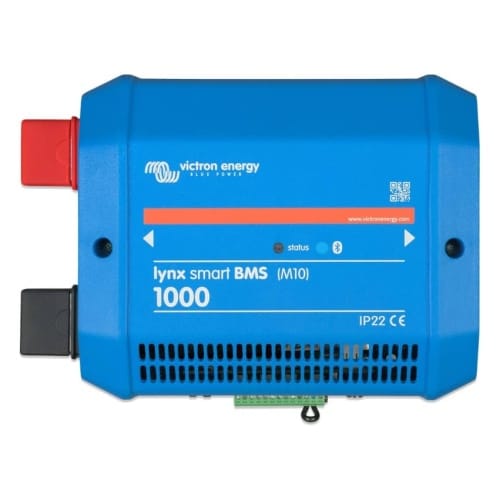
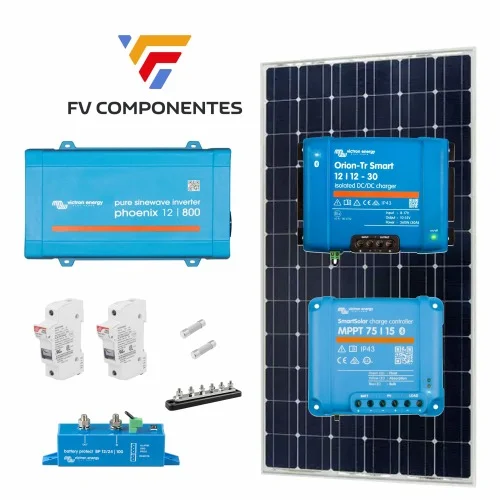
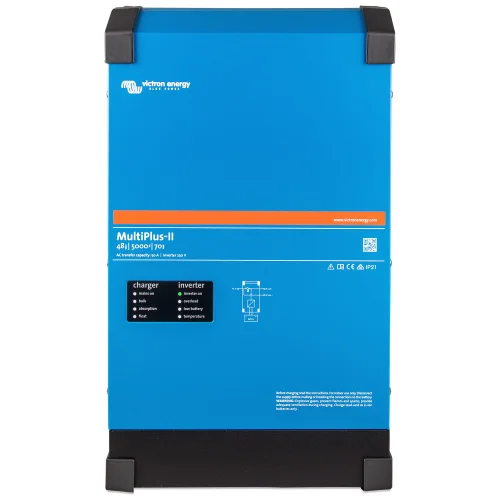
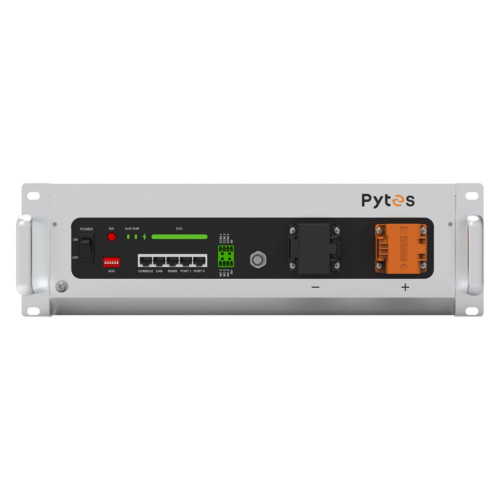
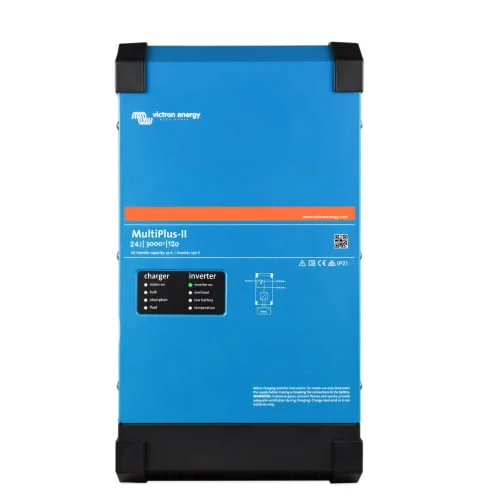
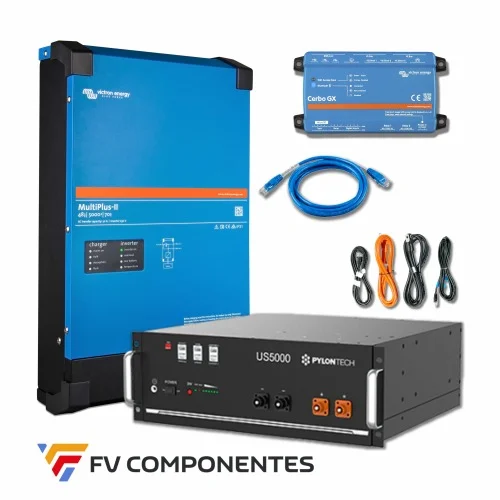
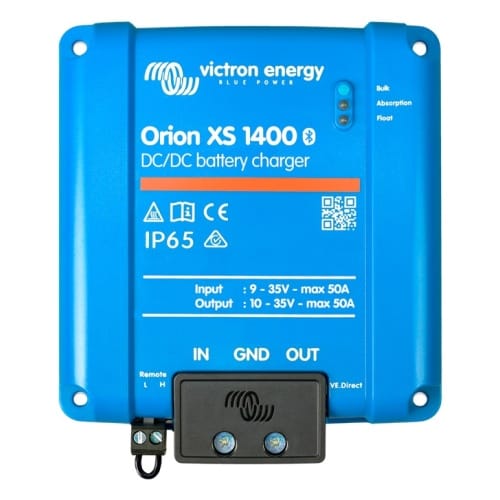
Reviews
There are no reviews yet.